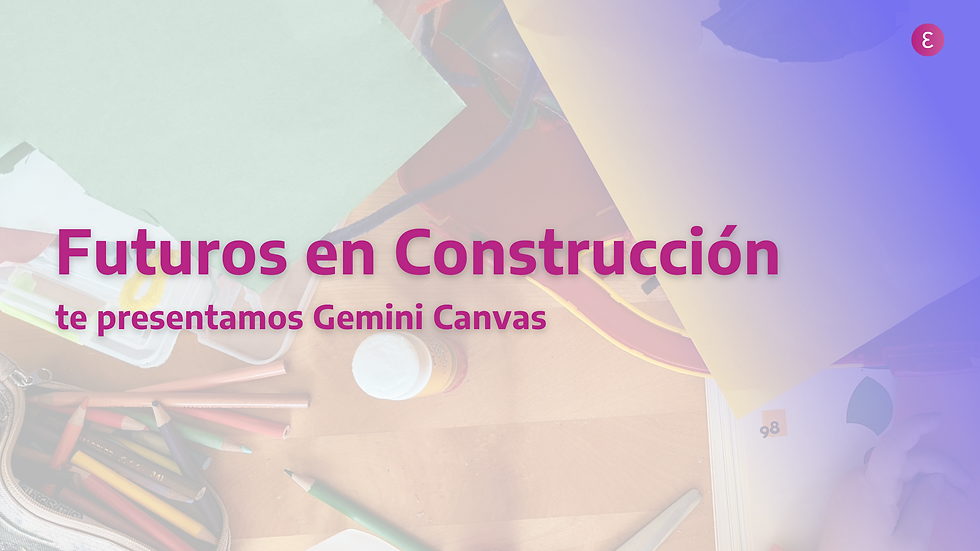Problem solving: a continuous improvement process 💪
- Angie Mila

- Mar 12, 2024
- 3 min read

Problem solving is an essential skill to any professional field. It involves the possibility of identifying, analyzing and solving problems in an effective manner.
In a constantly changing world, where uncertainty and complexity are the rule, problem solving has become one of the most sought-after skills by companies.
Beyond technical experience and specific knowledge, employers increasingly value professionals who can analyze challenging situations, identify creative solutions and successfully execute them.
Why is problem solving so important?
🤝Adaptability: Markets are dynamic and problems don't always come with a manual. Capacity to adapt and find innovative solutions is a key to success.
💡Efficiency: A proficient problem solver may identify the root cause of a problem and thus avoid temporary solutions that only lead to more problems in the long term.
👍Decision - making: Nowadays, employees are expected to make informed decisions and take on responsibilities. Problem solving provides a framework for doing this effectively.
🫂Teamwork: Many problems require collaboration among people with different skills. Problem solving enhances communication and teamwork toward a common objective.
We give you an 8-step problem solving wheel to help you from the beginning to the end. (Spoiler alert: there’s no end 😅 that's why it's continuous improvement!)

8 steps for an effective problem solving process:
1. Identify the problem: Defining the problem clearly is the first step toward finding a solution. What’s happening? What are the symptoms? In what context is the problem arising?
2. Gather data: Collect relevant information about the problem. What do we know? Are there any relevant historical data? Do we need additional information?
3. Analyze data: Organize and analyze information to identify the causes of the problem. Which are the main causes? Are there factors influencing the problem?
4. Choose solutions: Brainstorm to find possible solutions. What options do we have? What solutions have worked in similar situations?
5. Evaluate the solutions: Analyze the pros and cons of each solution. Which one is the most viable? Which one has the least risk? And which one is the most economical?
6. Implement the solution: Put the chosen solution into practice in an effective and organized manner. Who will be responsible for each task? What resources do we need?
7. Evaluate the results: Measure the impact of the implemented solution. Was the problem solved? Do we need to make adjustments?
8. Continuously improve: Find new ways to improve the problem-solving process.
What have we learned during this experience? How can we apply what we’ve learned to future situations?
Tips for Problem-solving
In addition to follow the stages of the process, there are some tips that could help to solve problems in a more effective way.
💭Be creative: Don’t limit yourself to obvious solutions. Open your mind to new ideas
❓Don’t be afraid to ask for help: Don't hesitate to consult experts or colleagues.
🧘♂️Be patient: Problem-solving may take time. Don’t be discouraged if you don’t find the perfect solution immediately.
We, in Eidos Global, know that problem-solving is an ability that can be learned and improved with practice, and is essential for today’s world (and the one who comes too!)
Developing this skill, you would be able to solve problems in a more effective way in your personal and professional life. Problem-solving is a fundamental skill for success in today’s world. Investing in developing this skill could make the difference in your career.


